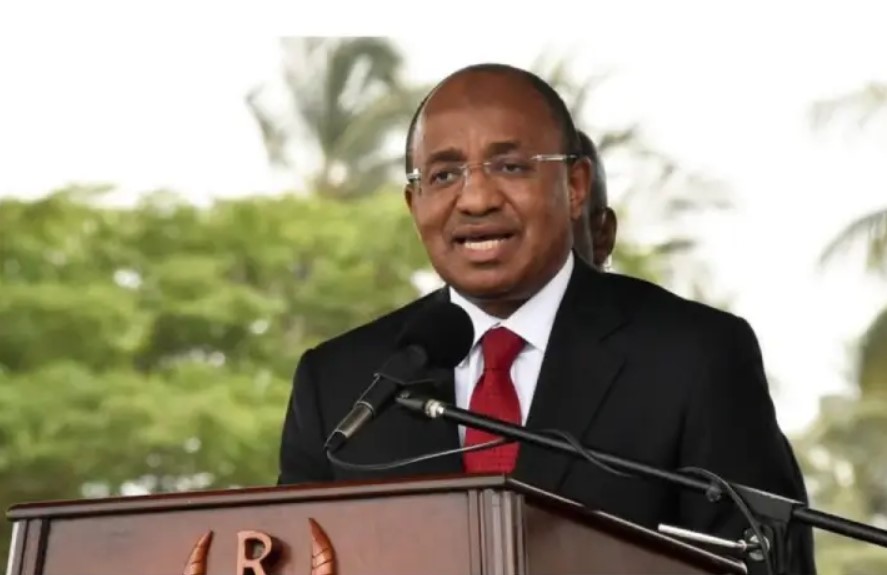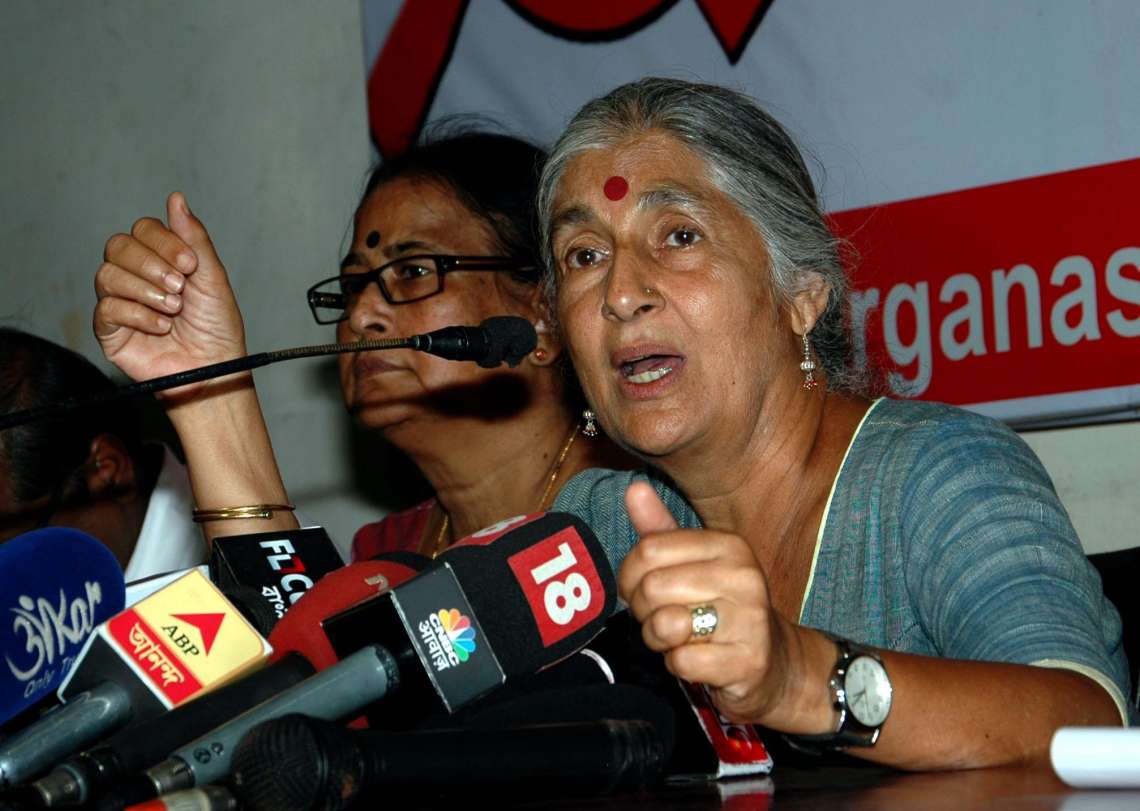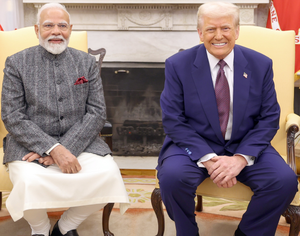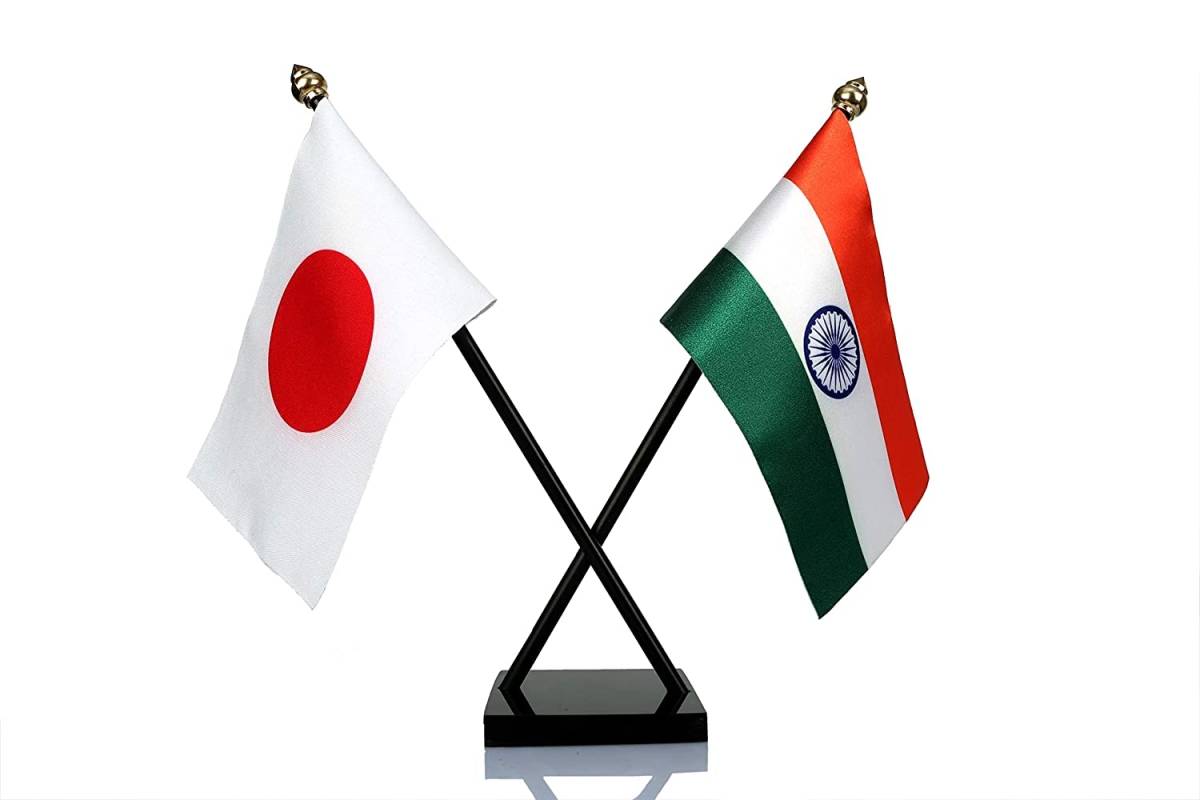In the past, several technological and digital hubs have emerged in eastern coast of Africa, yet the case of Zanzibar is quite different….reports Shubhda Chaudhary
Till the 19th century, Indian Ocean played a pivotal role in the circumnavigation of colonial exploration as well as maritime, ivory and slave trade. Now in the 21st century, it continues to harbor geopolitical choke-points for oil and natural gas trade, military surveillance as well as digital economy. It stretches from the Mozambique Channel in the West to Strait of Malacca in the East, Persian Gulf and Arabian Sea in the North to Southern part of Indian Ocean in the South. United States, China, Russia, France, India, Japan, Australia, and other regional powers like Turkey, Saudi Arabia, UAE and Iran have tried to maneuver control over the four primary trade routes in this third largest ocean of the world – the Mozambique Channel, Malacca Strait, Strait of Hormuz and Bab-el-Mandeb Strait.
Therefore, when government of Zanzibar – a semi-autonomous region in Tanzania – proclaimed its intent to become a digital free zone in July 2023, it naturally caused geopolitical ripples. The Zanzibar Information Communication Technology Infrastructure Agency (ZICTIA) aims to create public-private partnership for establishing an international gateway infrastructure from Mombasa in Kenya to Zanzibar, fibre optic networks and submarine cable data network centres. Along with it, Zanzibar’s President Dr. Hussein Mwinyi has announced government’s investments for $50 million as well as corporate tax relief for next 15 years for foreign start-ups. Out of the current five economic free zones in the archipelago – Fumba, Micheweni, Amaan Industrial Park, Maruhubi Free Port Zone and Airport Free Port Zone – 3,000 hectares have been granted to Fumba Free Zone, located in Unguja Island.
In the past, several technological and digital hubs have emerged in eastern coast of Africa, yet the case of Zanzibar is quite different. These hubs primarily include Silicon Savannah in Nairobi (Kenya), Kigali Innovation City (Rawanda), Outbox Hub in Kampala (Uganda), Buni Innovation Hub in Dar es Salaam (Tanzania), IceAddis in Addis Ababa (Ethiopia), IDEÁRIO in Maputo (Mozambique).
The ideation of Digital free zone in Zanzibar has been supported by ThreeFold, a technology company that specialises in block chain, internet software, IT as well Cloud Infrastructure. Funded by Ruttenberg Gordon Investments in New York, it was established on January 15, 2017 by Adnan Fatayerji, Kristof De Spiegeleer and Nickolay Babenko. But most importantly, it focuses on democratising internet by creating a decentralised, open source, peer-to-peer sustainable internet infrastructure. It enables individuals to access data with ownership and no commercialisation. “More than 80% of today’s Internet infrastructure is owned by less than 20 organizations,” remarked Adnan Fatayerji to Cybernews in 2022. Therefore, ThreeFold protects personal data, especially needed for digital sovereignty for economic diversification of Zanzibar, where one-fourth of the population still is below poverty line.
Along with it, Zanzibar’s comparative proximity with Bab-el-Mandeb Strait – strategic chokepoint located at the southern part of Red Sea – that serves as a strategic key passage for undersea cable networks that facilitate internet connectivity to West Asia, Africa, Asia and Europe is important. These include Falcon (formerly known as MENA-SCS), South-East Asia Middle East Western Europe 5 and East Africa Submarine System. Therefore, Zanzibar’s bid to establish submarine cable data network centres and fibre optic networks would impact the status-quo of these existing undersea cables.
The lack of tax incentives and difficulty in getting work visas in other technological hubs in Eastern coast of Africa are projecting Zanzibar as a feasible and cheaper alternative for Foreign Direct Investments, even though it is still a virgin territory in terms of digital ecosystem. In 2022, Zanzibar’s President had visited Sohar port in Oman for creating strategic alliance via Asyad Group that functions on Global Supply Chains for creating free economic zones. In 2019, Khalifa Fund for enterprise development in UAE had signed an MoU of $10 million for micro, small and medium enterprises in Tanzania, primarily focussing on the economic development of Zanzibar.
How does it transform Zanzibar’s geopolitical status?
Taking into consideration the vulnerability and protection of submarine cables, the Indian Ocean Commission (an intergovernmental organisation established in 1982) and The United Nations Office on Drugs and Crime (UNODC)’s Global Maritime Crime Programme held its first ever convention in 2021 in Port Louis, Mauritius. The Indian Ocean Commission (IOC) currently includes island countries like Comoros, Mauritius, Seychelles, Madagascar and Réunion. In 2020, United Nations, Japan and India became overseas members. Therefore, Zanzibar’s bid to become a Digital Free zone in the coming years, might leverage its possibility to become an observer or member state in IOC as currently, there are 10 submarine cables that inter-connect the Indian Ocean Islands. It might also leverage its power in the Indian Ocean Rim Association (IORA), established in 1997 with 23 member countries with UAE, Iran, South Africa, Indonesia and Australia having more strategic advantage.
Impact on Indian Ocean Geopolitics
France continues to be a major player in the western part of Indian Ocean while India dominates towards the eastern side. Comoros and Madagascar islands are strategic to France while Seychelles, Mauritius, Maldives and Sri Lanka are essential for India. In 2020, even Russia announced that it would set-up naval base in Sudan with a roadmap of 25 years. The major stakeholders in maritime policies in Indian Ocean include China, India, Japan, US and other NATO allies. The maritime silk road is an essential component of China’s Belt and Road Initiative. It established its first military facility in Djibouti in 2017, which already has bases of US, Japan and France.
The apprehension of Indian Ocean falling prey to the conundrum of South China Sea’s narrative, the Quadrilateral Security Dialogue (QUAD) meeting on 20th May 2023 released a Quad Joint Leaders’ Statement and Quad Leaders Vision Statement. It primarily aimed at an inclusive, open and free Indo-Pacific. The Quad partnership for Cable Connectivity and Resilience was also materialised. Japan, US and Australia would invest $95 million in the undersea cable project. US would also give technical assistance under its CABLES programme. Australia will set up a new Indio-Pacific Connectivity and Resilience Programme.
Role of India in this changing status-quo
To start with, Zanzibar does vacillate towards China, as it accepts the ‘One China Policy’, has major trade and foreign direct investments, too. Yet, Zanzibar shares a strong historic and time-tested tie with India since the time of Omani Sultanate and British Empire. The High Commission of India was established in Dar es Salaam in 1961 while the Consulate General was established in Zanzibar in 1974. The first Tanzania- India Business and Investment Summit took place in 2015. In June 2023, a two-day meeting in the Tanzanian city of Arusha was conducted for both country’s defence representatives with a five-year road map. In July 2023, Indian’s Minister of External Affairs S. Jaishanker met with Stergomena Lawrence Tax, Tanzania’s Foreign Minister. Trade settlements in local currencies were established. The deck inception of INS Trishul at Zanzibar on 5th July 2023 signalled India’s Security and Growth for All in the Region (SAGAR) Initiative. India-Tanzania trade relations have amounted to $6.4 billion in 2022-2023. Jaishanker also stated that India was not an ‘extractive economy’ and did not pursue ‘narrow economic activities’ hinting subtly at China’s policies in the Indian Ocean. The Water partnership with Tanzania, which provides soft loans and safe drinking water to 8 million Tanzanians was called an extrapolation of India’s ‘Jal Jeevan Mission.’ Along with it, 55,000 Indian diaspora in Tanzania have also been a significant boost for the bilateral ties.
Politics of submarine internet cables and India: Reality Versus Necessity
Currently, there are 17 submarine internet cables in India, primarily connecting Mumbai, Cochin, Tuticorin and Chennai. The establishment of Chennai-Andaman Nicobar Island submarine cable network project, inaugurated by PM Modi on 10th August 2020 is a step in right direction. The green light to Kochi- Lakshadweep Island Cable project also seems promising. Bharti Airtel is focussing on 2Africa Pearls, a subsea cable with collaboration of Meta and Saudi Telecommunication Agency. Meanwhile, Reliance Jio is aiming at India-Europe-Xpress (IEX) and India-Asia-Xpress (IAX) subsea cable systems but within a consortium of Google, Facebook and Chinese operator.
But if, India is able to collaborate in the Digital free zone with Zanzibar, India would be able to follow a comprehensive Global south-to-south policy with non-alignment in the emerging technological warfare between China and United States, thereby giving it a leverage in South Asia. At the same time, India needs to establish a comprehensive institution for cable protection zones, learning from New Zealand and materialising a legal framework by the Department of Telecommunications and Telecom Regulatory Authority of India (TRAI) for cable and internet sovereignty.













